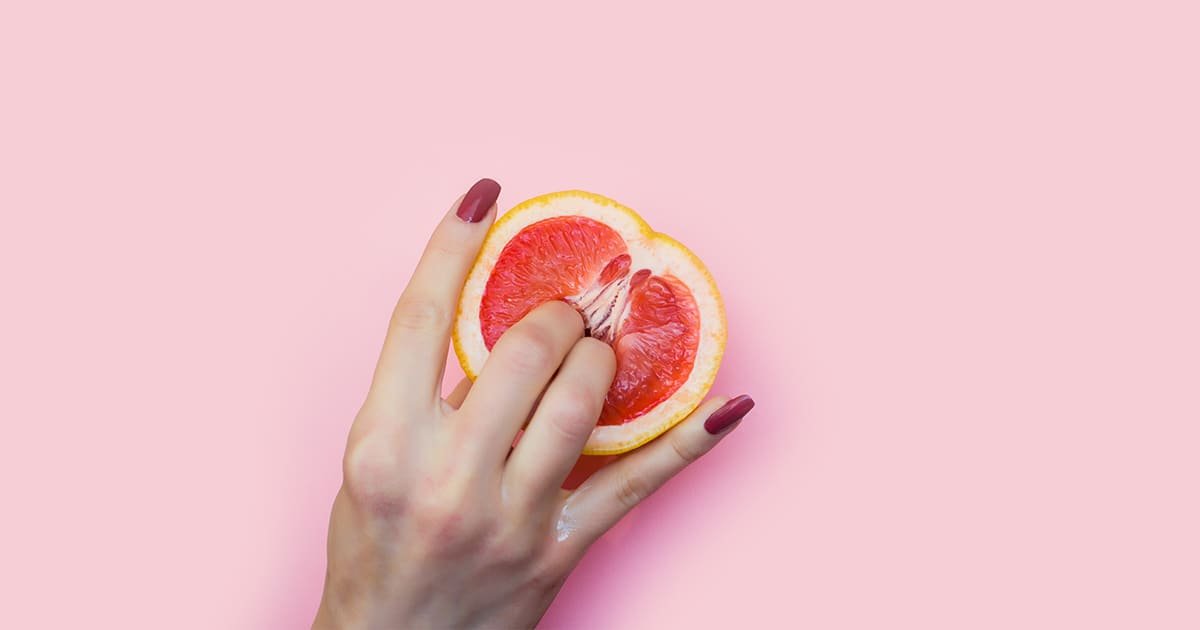The vulva is one of the most intimate and misunderstood parts of a woman’s body. Due to cultural taboos and lack of education, many people know little about its functions, diversity, and health maintenance. Here are 7 key facts that your doctor may never explain to you to help you rediscover and care for this important organ.
- The “normal” appearance of the vulva varies greatly
Anatomical diversity:
Labia size, color, symmetry, clitoral exposure, etc. vary from person to person, just like fingerprints.
Labia minora can be as short as 1 cm or as long as 10 cm, which is normal.
About 30% of women have asymmetrical labia.
Cultural misinformation: Social media and adult content often show “neatly trimmed” vulvas, leading many people to mistakenly believe that they are “abnormal”.
Action suggestion: Browse real vulva photo galleries (such as The Vulva Gallery) to break aesthetic anxiety.
- The vulva needs to breathe, not over-clean
Cleaning misunderstandings:
✘ Using soap, private wash or vaginal douching: disrupts the acid-base balance (pH 3.8-4.5) and increases the risk of infection.
✔ Use only warm water to rinse the vulva, the vagina has a self-cleaning function.
Daily care:
Wear cotton underwear and avoid sitting in tight pants for a long time.
Change tampons/napkins frequently during menstruation to reduce the breeding of bacteria in a humid environment.
- The “iceberg structure” of the clitoris is far beyond your imagination
Hidden nerve network: The visible clitoral head is only 10% of the entire clitoris, and the rest (clitoral crus, body, and ball) penetrates deep into the body, surrounding the vagina and urethra.
The total length is about 7-12 cm, containing more than 8,000 nerve endings (twice as many as the penis).
Sexual pleasure revelation: G-spot orgasm may be related to the stimulation of the internal structure of the clitoris, rather than an independent area.
- Vulvar health is a barometer of overall health
Symptom warnings:
White patches: may be lichen sclerosus (need biopsy to rule out cancer).
Continuous itching/burning: may be fungal infection, eczema, or may be a sign of diabetes or autoimmune disease.
Self-examination steps: observe the vulva with a mirror every month, and pay attention to changes in color, lumps or ulcers.
- Aging and hormonal changes directly affect the vulva
Menopausal effects: Decreased estrogen leads to vulvar atrophy, dryness, and itching (called vulvovaginal atrophy).
Countermeasures:
Topical estrogen ointment (such as Estrace).
Moisturizer (such as coconut oil or special vulvar cream).
Non-hormonal laser therapy (such as MonaLisa Touch).
- Vulvar pain may be a disease, not a “psychological problem”
Common misunderstanding: Doctors may attribute vulvar pain (such as vulvodynia) to anxiety, delaying diagnosis and treatment.
Potential causes:
Neuropathy (such as pudendal nerve entrapment).
Chronic inflammation (such as lichen planus).
Pelvic floor muscle dysfunction.
Medical advice: If the pain persists for more than 3 months, seek diagnosis from a gynecologist or pain specialist.
- Pubic hair has a protective function, so be careful when removing it
Scientific role:
Buffering friction and preventing skin abrasions.
Blocking pathogens and maintaining a balanced microbiome.
Risks of shaving:
Folliculitis, scarring or infection (such as Staphylococcus aureus).
New burrs after shaving may increase the risk of Bartholin’s gland cysts.
Alternatives: If trimming is necessary, keep at least 0.5 cm in length and use sterile tools.
Breaking the silence: How to communicate effectively with your doctor about vulvar problems
Prepare in advance: Write down symptoms, frequency and medication history.
Describe directly: Use accurate terms such as “vulva”, “labia” and “clitoris” instead of vague expressions.
Request an examination: If the doctor ignores the symptoms, request a referral to a gynecologist or vulvar specialist.
Conclusion: Embrace body knowledge, reclaim your vulva narrative
The vulva is not a source of shame, but a testimony of vitality, pleasure and health. Knowing these facts is not only to prevent disease, but also to break the cultural cycle of silence and regain autonomy over the body.



